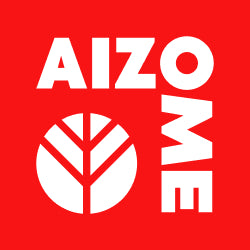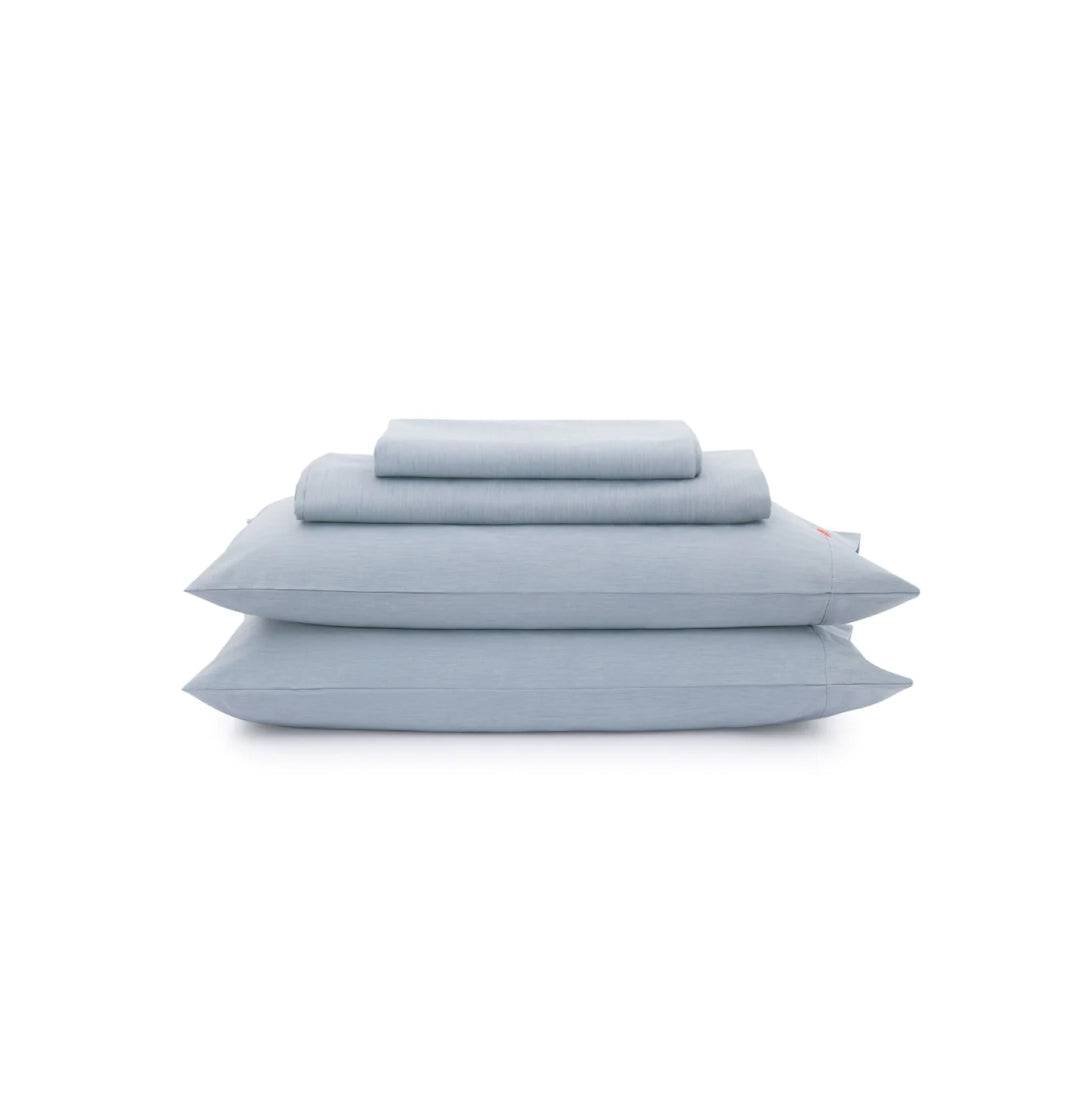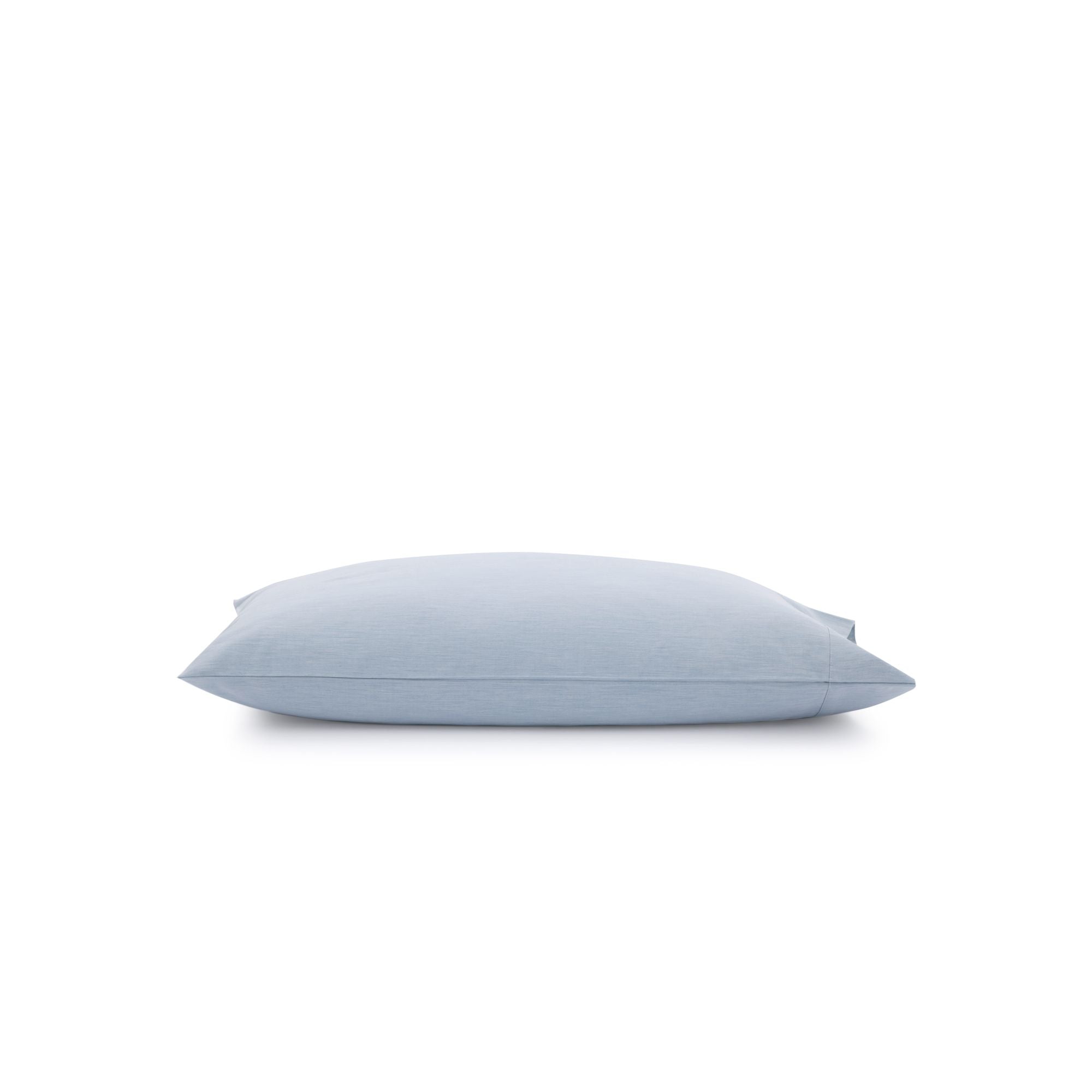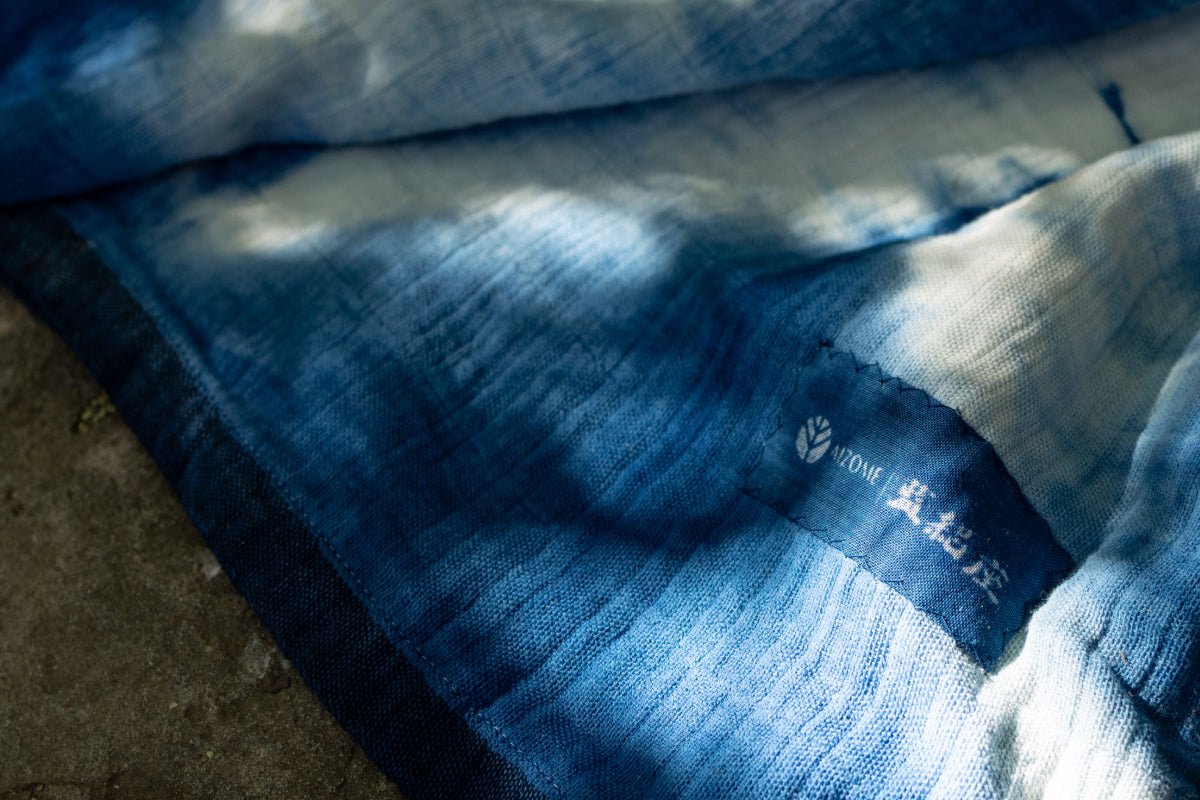Fashion as we know it is on the fast side. It is so easy to walk into a clothing store and buy a dress or a shirt you admire so much and all you’d have to do is checkout. It is known that cheap textile contains some really disturbing chemicals, but, a lot of people don’t have the full information. So we summed them up for you. Oh, and may we suggest you pour yourself a chilled glass of organic vegan ice tea, sit back and let’s get into the nitty gritty details!
Prepared to be shocked!
Recently, a famous bikini brand had labels indicating that their products are filled with known carcinogens. This is the world we live in - brands are putting known cancer-causing agents in the name of fashion. It really makes you wonder - they are at least telling you...what are other brands not telling you?
The regulation of the textile industry varies widely from country to country - and actually, the USA's regulation is not as strict as some other places like in the European Union. What is certain is that a lot of brands use potential cancer-causing and skin-irritating chemicals in their clothing.
And let's be clear, the reason is not style or looks, it’s because these chemicals simplify and cheapen their production processes. So, why not expose your customers to health risks for a few extra bucks?
Why it matters
Most of these clothes have a good amount of chemicals on them. Like lotions that absorb into your skin, these chemicals can penetrate your skin through your pores, getting absorbed into your body
Although it is a tad difficult to find evidence for all these claims, some chemicals in clothes have been found to cause cancer in rats - indicating that the chemicals could harm the people making your clothing & you.
In addition, all those too-good-to-be-true features are well...most of the time, too good to be true. Formaldehyde, known to cause skin reactions and irritations, is found on most clothing and has been found on most wrinkle-resistant clothing. Truth be told, these chemicals on clothes didn’t just get there. In 2006, there were reports that very popular clothing brands were using hazardous chemicals to make clothes.
Let’s look at 5 chemicals that should be avoided whenever you go shopping.
Azo dyes
These are used to dye clothes and other textiles. They are very common. They secrete bad stuff (amines) extracted from ammonia, which is known to facilitate bladder cancer among some German workers who were exposed to it. Try to buy clothes that use natural dyes so you can avoid this.
Acrylic
When this interacts with the skin and is absorbed, it causes liver damage and a whole lot of other health problems. The National Institute for Occupational Safety and Hazard has stated that cancer among other health challenges could affect anyone wearing clothes with acrylic. Workers who make clothing with acrylic have to wear protective clothing when making it.
Phthalates
Your raincoats and waterproof clothes are made of this. This chemical has been known to cause issues of a reproductive nature in rodents but it hasn’t been confirmed if it is carcinogenic to humans.
Nanosilver
This chemical, when it permeates the skin, its particles are known to cause the death of brain cells over time. You can only imagine the horror if a baby was to chew on clothes that contain this chemical. It has also been used to obstruct bacteria that causes an odor in clothing.
NPEs and NPs
Any clothing that is posed as being resistant to stain or flame or free of wrinkles may just be treated with formaldehyde and other similar chemicals like nonylphenol ethoxylates (NPEs) and nonylphenol (NPs) and triclosan. These chemicals, when absorbed into the skin, have been known to cause reproductive problems in rodents but studies as to their effect in humans are still inconclusive. People who have been exposed to triclosan have had the cancer scare.
Abandoned all hope? NO!
All this talk will probably get you a bit scared and you may just want to empty your closet but you should know that there are fabrics which are safe and are not hazardous. Some of them are cotton, silk, hemp, organic wool, cashmere, alpaca, camel, and angora. Though there may be chemicals on these, they aren’t harmful as they are natural and certainly not prevalent. However, it is important to note that some natural chemicals can still be laced with harsh chemicals; so, doing thorough research is still advised even when you do go natural. A good first step is to look for certified products, the most relevant certifications are OEKO-TEX and GOTS.
What we do and what we don’t
Above is a list of things we never, never, NEVER would even dream of using. Aizome got its initial success because we went much further than most brands. Not only do we carry third-party certifications, we also use ZERO synthetic chemicals and literally use only 2 different plants (the green leafy indigo plant and organic cotton) to make our entire line of products. Thanks to the patent-pending process, we are one of the only companies that do not need chemical binders for the color. We are not making other essential products yet, but we will in the near future. So, do yourself a favor and make a mental note to check all the tags on clothes whenever you go shopping because your safety could depend on it.







 Bedding
Bedding
 Clothing & Accessories
Clothing & Accessories
 Artisan Line
Artisan Line




Leave a comment
All comments are moderated before being published.
This site is protected by hCaptcha and the hCaptcha Privacy Policy and Terms of Service apply.